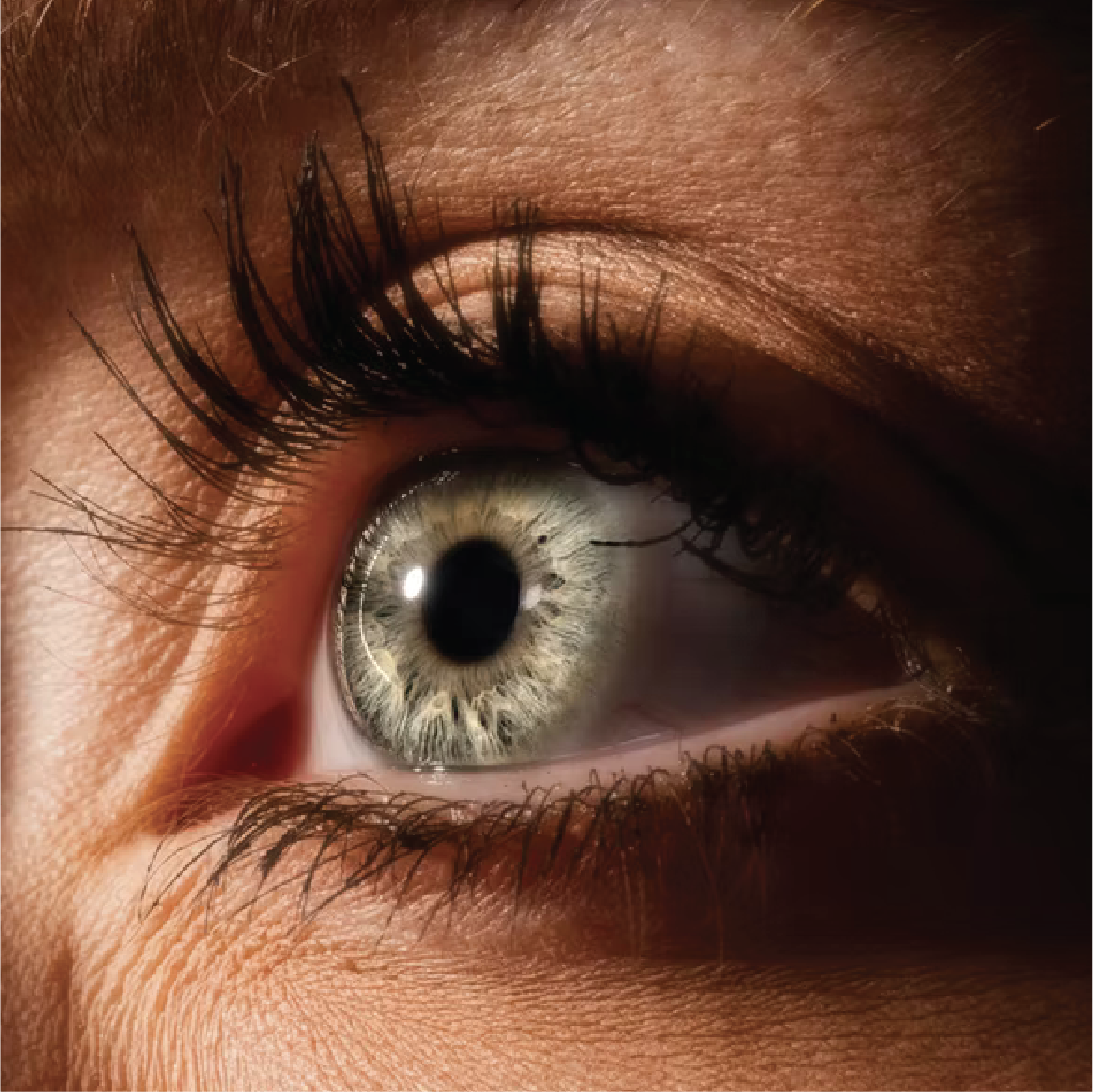Contact Lenses Today — Potential problems with caring for lenses and simple healthy habits you can adopt!
Contact lenses provide a safe, effective and convenient form of good quality vision. Over 30 million Americans are “glasses-free” and have found contact lenses as their main source of vision. The materials often used today are highly oxygen permeable to enhance lens comfort and corneal health. Additionally, there are more customizable options to increase vision performance compared to those used 10 to 15 years ago. These advancements include more multifocal options and higher astigmatism parameters. A more popular form of contact lens used is the daily disposable lens. These “dailies” come in single vision, multifocal and astigmatism correction. These lenses are sterile and when used for only one day, they provide the patient with that first day lens comfort experience every day.
Although the contact lenses we fit today are highly affordable and effective, there are still risks for injury and problems involved if not care for properly.
Here is a list of common symptoms associated with contact-lens related problems:
Red eyes
Foreign body sensation – discomfort in or around the eyes
Light sensitivity
Blurry vision
Increase in watery eyes or discharge
Most often the simplest form of treatment for contact lens related complications is a temporarily discontinuing the use of the lens. If irritation still persist, after a day or two, it is recommended to see your eye care professional, an eye drop might be needed to help aid with healing.
Here are common, simple ways of caring for your eyes and contact lenses to avoid complications:
1. Daily eyelid massage and clean your eyelashes and eyelids.
Majority of eyelids I see, have crusting around lashes and clogged glands. By simply rubbing your eyelids gently with warm water on fingers, will help to open clogged oil glands and clean lashes. This will enhance your tears and comfort with wearing contact lenses.
2. Rub your contact lens when removed every night
Just 10 to 20 seconds, then store. During that storage time, increased disinfecting occurs and deposit resistance coating is formed. This will help to decrease allergic reactions associated with contact lens use and make the lens more wettable, less dry.
3. Never store your contact lenses in water.
Most water is not germ-free. Water has microbes such as amoeba that can attach to your lens and penetrate through your cornea.
4. Do not clean your case with water.
Clean case with multipurpose solution or better yet, replace your case frequently – every time you open a new bottle of solution or at a maximum every 3 months.
5. Replace your solution daily — do not top-off your solution.
Never mix old with new solution. I am surprised by how many patients I see who present with contact-lens related corneal ulcers from not replacing solution daily.
6. Limit extended-wear of contact lenses.
Some lenses are approved for this type of wear and your eye care professional should discuss approved length of wear. It is still recommended to remove the lenses regularly to clean by rubbing lens with multipurpose solution. Doing this will help to prevent microbial infections and non-infectious conditions such as corneal ulcerations, allergic reactions and infiltrates.
Simple daily contact lens care habits can provide healthy vision and the ability to wear contact lenses for a life-time. And remember if problems start to occur and hygiene habits are a nuisance, a daily replacement contact lens is almost always a fantastic fix.

